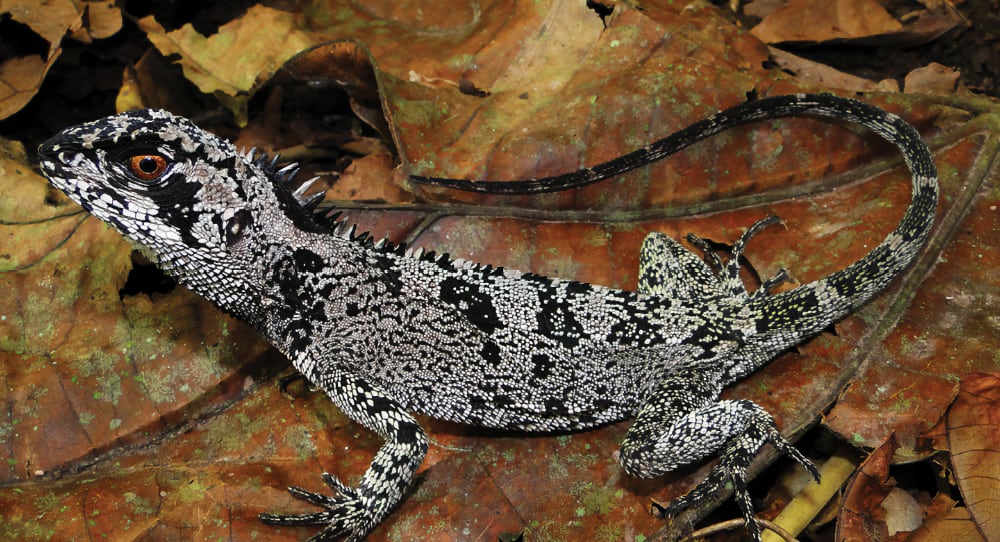After seven years of surveying the area, scientists have discovered a new lizard species in the Andes of Central Peru, which is near the Huallaga River. Huallaga River has a lot of ecosystems, such as an oasis for reptiles, amphibians, mammals, and birds in Yunga. But, unfortunately, terrorists and drug cartels controlled this region in the 1980s; thus, only a few scientists explored it.
According to Dr. Pablo Vengas, the lead study author from Centro de Ornitologia y Biodiversidad in Peru, the Peruvian government could only liberate the region in the 1990s. After this, a few biologists began to visit the area. However, it became more urgent to research Huallaga Bay after coca plantations destroyed the forest during the internal war, causing the construction of a hydroelectric power plant. The move left the area more fragmented.
Features of the lizards
Scientists picked lizards that slept on bushes about 60 inches from the ground as they surveyed the area. The lizards came in various colors, and the males tended to be even more colorful. Males had gray, greenish-brown, or brownish turquoise backs with pale lines. The female lizards had floury or greenish browns and faint brown stripes on their tail, limbs, back, and spots on their sides.
Scientists have discovered more lizards in the Enyalioides genus
Scientists speculate that the lizard, named Enyalioides feiruzae, evolved into a different species after living geographically separate from Enyalioides rudolfarndti, which is similar. Scientists explain the differences in their evolutions by climatic oscillations and tectonic activity from the Late Oligocene to the Early Miocene periods.
The Enyalioides genus contains about six known species. However, scientists have discovered most of these species in the last twenty years due to the increased survey of remote areas like Peru and Ecuador.
Researchers named the species after a female green iguana belonging to Catherine Thomson, who supported the scientists in nature conservations and taxonomic research.
As a result of the fragmentations caused by pastures and croplands, the lizard’s habitat is highly fragmented. Scientists have only found one population in Tingo Maria National Park. They recognize that they need to do more work to understand the ability of the lizards to adapt and survive in such a fragmented landscape.




